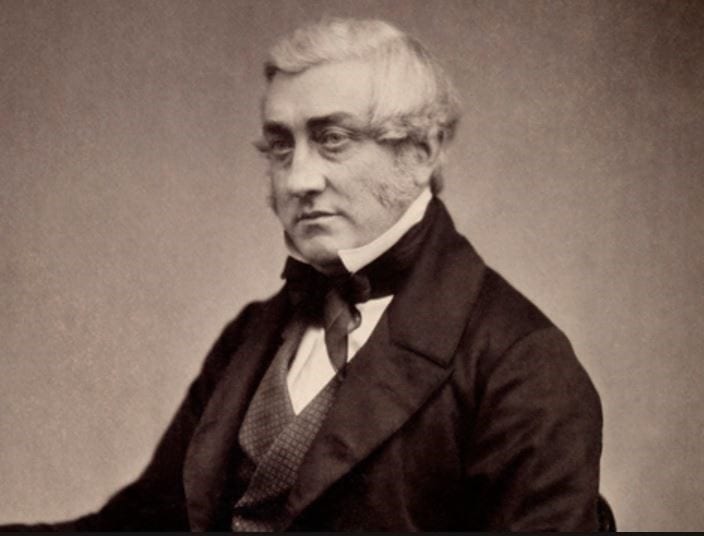

Dr. Otto Kahler (1849-1893) was inducted into the pantheon of eponymy for reporting in 1889 the details of a patient suffering from multiple myeloma. Born and educated in Prague, Kahler became a professor of medicine in his home town, but in 1889 moved to a similar professorial position in Vienna. Influenced during a sabbatical in Paris by the great neurologists Charcot and Duchenne, he focused his investigations largely on neurology, and is remembered for studying syringomyelia and also the dorsal columns of the spinal column. He was a stimulating lecturer, a popular consultant, and “an aristocratic personality with a delightful sense of humor,” who unfortunately died at an early age of metastatic tongue cancer.
In December 1885 he had been consulted by Dr. Loos, a forty-six-year-old physician who in 1879 first had complained of severe chest pains, aggravated by taking a deep breath. Over the next years the pain spread to other areas of the body, albuminuria was noted in 1881, pallor in 1883, then he had pneumonia and became weak and anemic. When first seen by Dr. Kahler many of his bones were tender and his height had so greatly decreased that he had become dwarf-like, quite deformed, with so severe kyphosis that his chin pressing his sternum resulted in a decubitus ulcer. He died in 1887. The autopsy showed deformity and softening of the bones, enlargement of the liver and spleen, and masses of tissue containing plasma cells. The disease became known as Kahler’s disease.
There had been, however, several earlier descriptions of multiple myeloma. In 1844 a thirty-nine-year old woman called Sarah Newberry had seen Dr. Samuel Solly complaining of bone pain and had been treated with rhubarb pills and orange peel infusions. When she fell and fractured both her femurs, she was hospitalized at St. Thomas’s Hospital and there she died. A year later there was Mr. Thomas Alexander McBean, a forty-five-year-old “respectable tradesman,” apparently a grocer, who had gone to the country to regain his health but stumbled and was seized with severe pain in the chest. His physician, Dr. Thomas Watson, at first treated him with a comprehensive regimen of steel and quinine, leeches, cupping, bloodletting, and an immobilizing plaster. Later he referred him to a consultant, Dr. William McIntyre, who (in addition to publishing his case in the literature some four years later) also sent his urine to Dr. Bence Jones at St. George’s Hospital. Bence Jones found that heating the urine to 50° C formed a precipitate that dissolved on further heating. This phenomenon was due to the presence of a characteristic protein that became known as the Bence-Jones protein (hyphenated) and served to have Dr. Bence Jones also admitted into the pantheon of eponymy.
Born in Suffolk, England, Bence Jones (1813-1873), educated at Harrow and at Trinity College in Cambridge, was a good cricketer, football and racquet player, and had once planned to become a priest and later considered immigrating to New Zealand. His father suggested he study medicine, so he enrolled at St. George’s medical school in 1839. Upon graduation in 1845 he became an assistant physician at St. George’s Hospital; by 1846 he was full physician at the hospital; and later was elected fellow of the Royal College of Physicians and of the Royal Society. He was a successful physician, with a large remunerative London practice and many friends such as Charles Darwin (who as his patient said he had been half starved to death), Michael Faraday, and Florence Nightingale. His main interest was chemistry and he carried out many studies on kidney stones, diabetes, rheumatism, and gout. He studied Mr. McBean’s urine and reported the findings that later made him famous. He died of congestive heart failure in 1873.
As is often the case, neither Dr. Kahler nor Bence Jones received recognition for their findings during their lifetime. Interestingly, the first case of multiple myeloma in the United States was reported in 1894 from Rush Medical College in Chicago by Drs. James Herrick and Ludwig Hektoen, the latter being the pathologist after whom this journal is named.

Leave a Reply